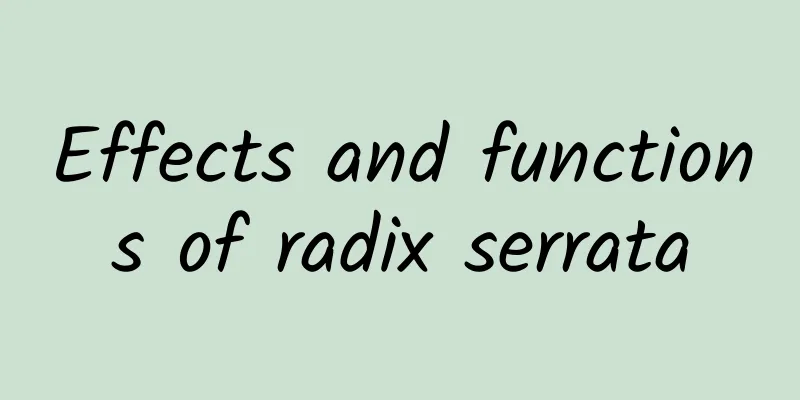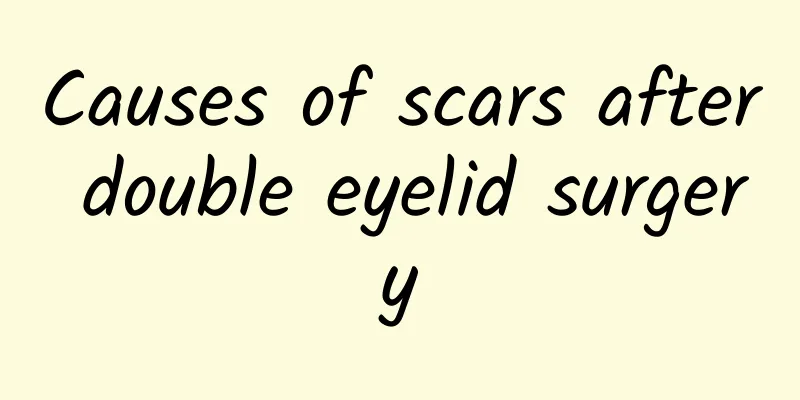How to recover from monocular myopia

|
For myopic patients, if unilateral myopia occurs, it is very unfavorable for recovery. Especially when the degree of myopia in the two eyes is quite different, once people find that they have myopia in one eye, they should seek treatment in time. So, is there any way to recover from unilateral myopia? Today we will introduce it to you, hoping that you can avoid suffering from monocular myopia. For those who are wearing glasses for the first time, if the difference in vision between the two eyes is more than 200 degrees but not more than 400 degrees, the eye that needs correction can be reduced in degree and the eye that does not need correction can be increased in degree to reduce discomfort after wearing glasses. The correct approach is: wear a 250-degree lens for the right eye and a 25- or 50-degree lens for the left eye. Regardless of whether the degree of the eye will increase in the future, it can reduce the difference in vision between the two eyes. Eyes with poor vision have a much greater impact on health than eyes with high degrees of vision! Generally speaking, during the development of the eyes, there are certain differences in the refractive states of almost everyone, and it is rare to find people who are completely identical. However, if the refractive power of the two eyes differs by more than 250 degrees, it is usually called anisometropia in clinical practice. If not corrected in time, it may lead to faster vision loss in the "poor eye", monocular amblyopia, exotropia, etc. If there is anisometropia between the two eyes, it will have a great impact on the development of the eyes, mainly manifested in the following aspects: 1. Eyes get tired easily Anisometropia causes a large difference in the degree of refraction between the two eyes, which can easily lead to consequences such as visual fatigue, dry eyes, tearing, headache, nausea, dizziness, etc. There may also be deviations in judging distances and angles, which can easily endanger one's safety when walking or driving. 2. The vision of the “poor eye” declines faster There is a principle when using eyes - "use it or lose it", which means that the good eye should be used frequently, and the bad eye should be gradually disused. In this way, the eye with poor vision will experience a phenomenon of myopia increasing rapidly and vision decreasing rapidly. 3. Can cause monocular amblyopia When a child's two eyes have refractive differences, the eye with a smaller refractive power can see things more clearly, while the eye with a larger refractive power cannot see things clearly, and the brain cannot merge the two images of different clarity into one. At this time, the brain will command the eye with smaller refractive power to work and inhibit the eye with larger refractive power from working. Over time, the eye with a larger refractive power will develop into amblyopia. 4. Can cause monocular exotropia As mentioned above, when a child's two eyes have anisometropia, the visual development of the eye with poorer vision will also be inhibited. If it is not effectively treated, the eye with poorer vision may develop into exotropia over time. How to correct anisometropia? For anisometropia, the most commonly used correction method is to wear frame glasses or contact lenses. ● For teenagers, wearing glasses is very effective. Therefore, we generally perform full correction or as close to full correction as possible (i.e., corrected visual acuity reaches 1.0) for children with anisometropia, supplemented with binocular vision function training and occlusion therapy. Especially for children under 12 years old, all their refractive errors should be corrected as early as possible to consolidate their binocular vision and prevent the occurrence and development of strabismus and amblyopia. ● Full correction is also required for adults and people with alternating vision and visual fatigue. ● If the patient is elderly and does not suffer from visual fatigue, full correction is not necessary. In addition, patients can also choose contact lenses or insist on using the U-Seeka eye protection device to correct anisometropia. |
<<: What to do if you are pregnant with an IUD
>>: The dangers of monocular myopia
Recommend
What is blood in stool?
When the human body is normal, there will be no a...
Can wormwood ash remove acne?
With the continuous improvement of living standar...
What is the treatment for mouth ulcers?
Oral ulcers are an oral disease that often troubl...
Is pit and fissure sealing harmful?
Many parents have never come into contact with pi...
What should I do if the edges of my teeth become transparent?
Teeth are critical to oral health, and problems w...
Tibetan Cordyceps
With the improvement of people's living stand...
Can sulfuric acid corrode plastic?
Sulfuric acid is one of the three strong acids an...
How is Down syndrome diagnosed? How to diagnose Down syndrome
The harm caused by Down syndrome is very serious,...
Why does urticaria recur?
Many patients who have suffered from urticaria kn...
What is the reason for the increase of white hair
We know that people are prone to white hair when ...
How to treat foot odor
Many people have smelly feet in the summer, and m...
Ferrous Sulfate Oral Solution Instructions
Ferrous sulfate oral solution is quite common in ...
Symptoms of cerebral palsy in infants
Cerebral palsy is a very common disease. There ar...
What are the effects of kapok seeds
Kapok is a subtropical green plant. It likes a hi...
What is the cause of the small pimples on the foreskin?
The male genitals are very fragile and prone to s...









